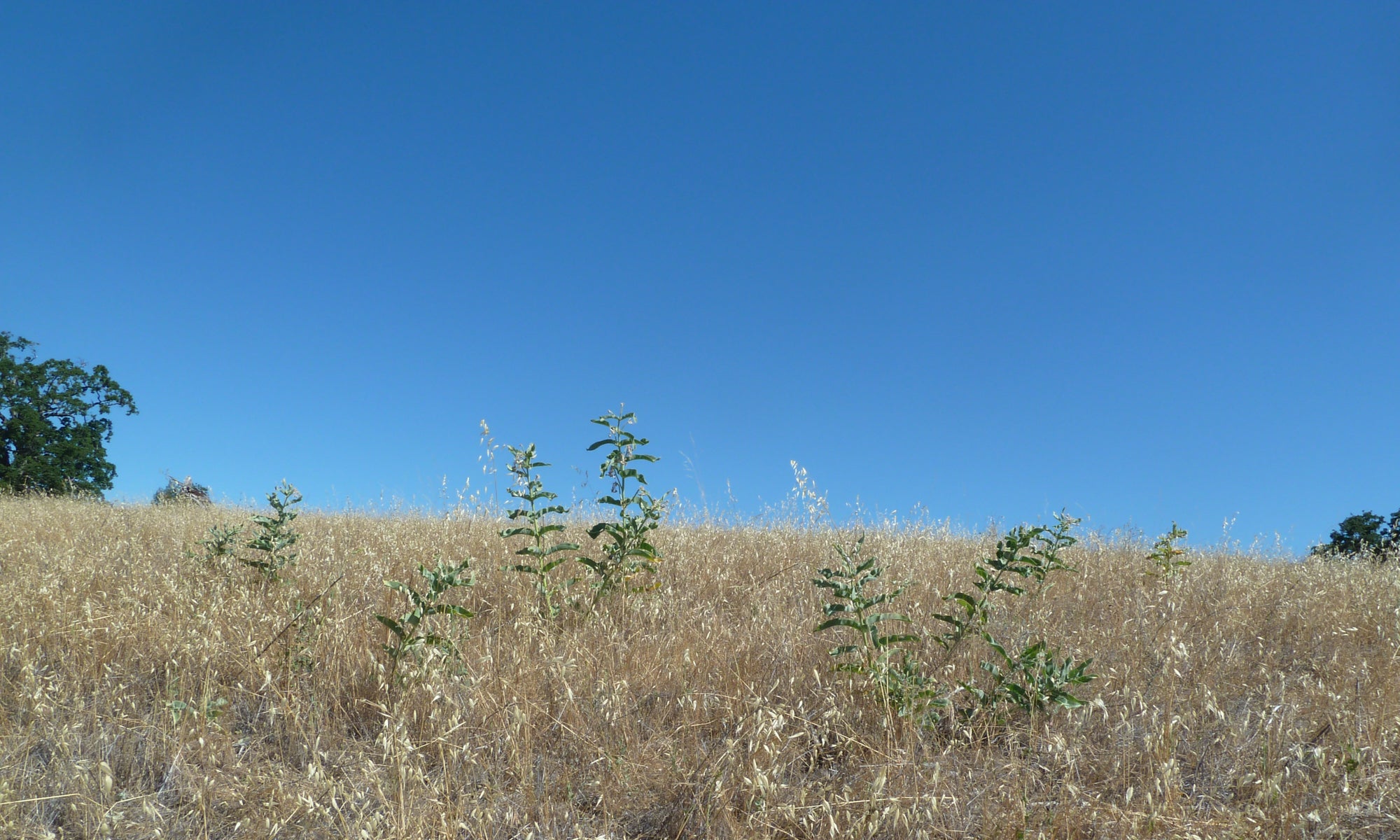Jonah Piovia-Scott, Louie H. Yang, Amber N. Wright, David Spiller, Thomas Schoener
Abstract
Most prominent theories of food-web dynamics imply the simultaneous action of bottom-up and top-down forces. However, transient bottom-up effects resulting from resource pulses can lead to sequential shifts in the strength of top-down predator effects. We used a large-scale field experiment (32 small islands sampled over 5 years) to probe how the frequency and magnitude of pulsed seaweed inputs drives temporal variation in the top-down effects of lizard predators. Short-term weakening of lizard effects on spiders and plants (the latter via a trophic cascade) were associated with lizard diet shifts, and were more pronounced with larger seaweed inputs. Long-term strengthening of lizard effects was associated with lizard numerical responses and plant fertilization. Increased pulse frequency reinforced the strengthening of lizard effects on spiders and plants. These results underscore the temporally variable nature of top-down effects and highlight the role of resource pulses in driving this variation.
Ecology Letters

